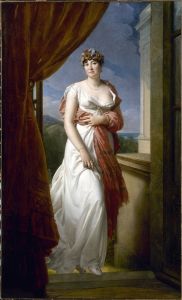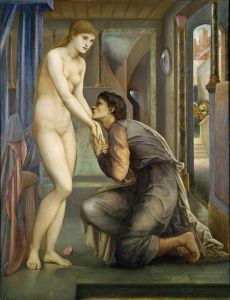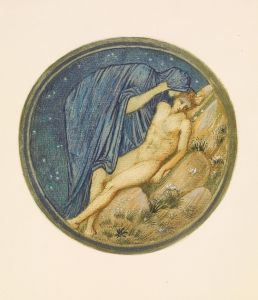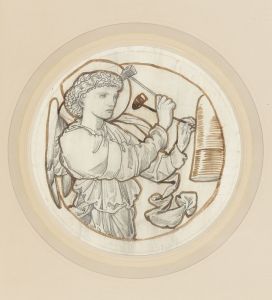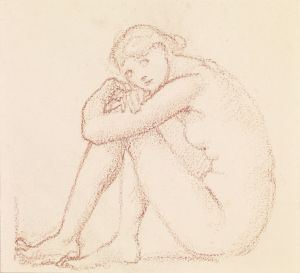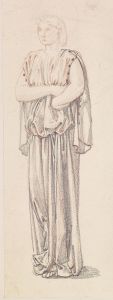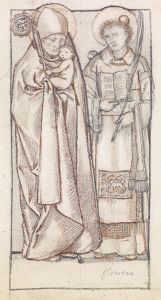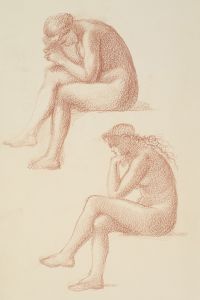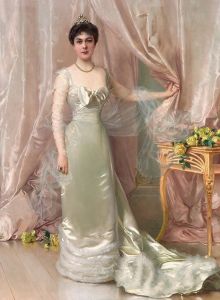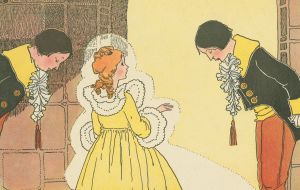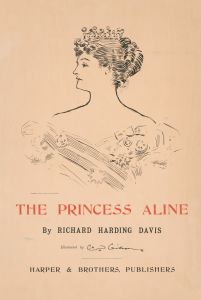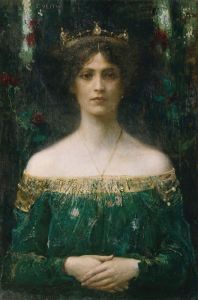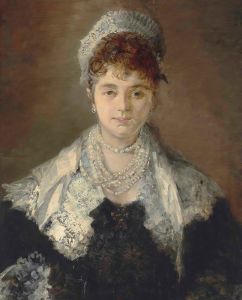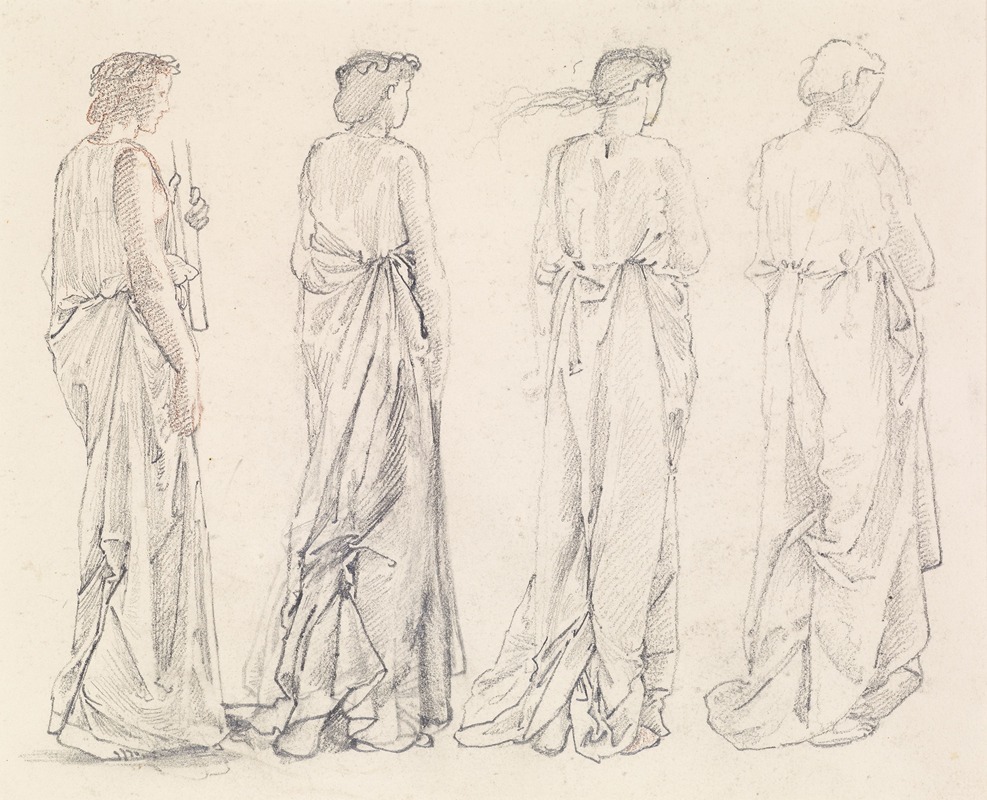
St George Series – Four Studies of Female Attendants for ‘The Princess led to the Dragon’
A hand-painted replica of Sir Edward Coley Burne-Jones’s masterpiece St George Series – Four Studies of Female Attendants for ‘The Princess led to the Dragon’, meticulously crafted by professional artists to capture the true essence of the original. Each piece is created with museum-quality canvas and rare mineral pigments, carefully painted by experienced artists with delicate brushstrokes and rich, layered colors to perfectly recreate the texture of the original artwork. Unlike machine-printed reproductions, this hand-painted version brings the painting to life, infused with the artist’s emotions and skill in every stroke. Whether for personal collection or home decoration, it instantly elevates the artistic atmosphere of any space.
"St George Series – Four Studies of Female Attendants for ‘The Princess led to the Dragon’" is a set of preparatory drawings by the British artist Sir Edward Coley Burne-Jones. These studies were created as part of Burne-Jones's extensive work on the St George series, which depicts the legendary tale of Saint George and the Dragon. The series is a notable example of Burne-Jones's contribution to the Pre-Raphaelite movement, which sought to revive the detail, color, and complexity of Quattrocento Italian art.
Edward Burne-Jones (1833–1898) was a prominent figure in the second wave of the Pre-Raphaelite Brotherhood. His works are characterized by their medieval themes, intricate detail, and ethereal beauty. The St George series, including the studies of female attendants, reflects his fascination with mythological and heroic subjects.
The four studies of female attendants were preparatory works for the painting "The Princess led to the Dragon," which is part of the larger St George series. These studies were essential for Burne-Jones to explore the composition, posture, and attire of the figures that would accompany the princess in the final painting. The attendants are depicted in various poses and expressions, showcasing Burne-Jones's meticulous attention to detail and his ability to convey emotion and narrative through his figures.
The St George series was commissioned by Myles Birket Foster, a successful watercolourist and illustrator, in the late 1860s. Burne-Jones worked on the series over several years, and it includes multiple paintings and studies that narrate the story of Saint George, the patron saint of England, who famously slayed a dragon to save a princess and her town from destruction.
Burne-Jones's approach to these studies was influenced by his admiration for medieval art and literature, as well as his collaboration with other members of the Pre-Raphaelite Brotherhood, such as Dante Gabriel Rossetti and William Morris. His work often featured elongated figures, elaborate drapery, and a dreamlike quality, all of which are evident in the studies of the female attendants.
The studies themselves are executed in pencil and watercolor, showcasing Burne-Jones's skill in draftsmanship and his ability to create delicate, lifelike figures. Each attendant is rendered with a unique personality and presence, contributing to the overall narrative of the painting. The attention to the details of their costumes and the graceful lines of their poses reflect Burne-Jones's dedication to historical accuracy and aesthetic beauty.
The final painting, "The Princess led to the Dragon," captures the moment when the princess is being taken to the dragon, accompanied by her attendants. The studies of the female attendants were crucial in helping Burne-Jones achieve the desired composition and emotional impact in the final work.
Today, Burne-Jones's studies and the completed St George series are celebrated for their contribution to the Pre-Raphaelite movement and their enduring beauty. The studies of the female attendants remain an important part of Burne-Jones's artistic legacy, demonstrating his meticulous process and his ability to bring mythological stories to life through his art.





